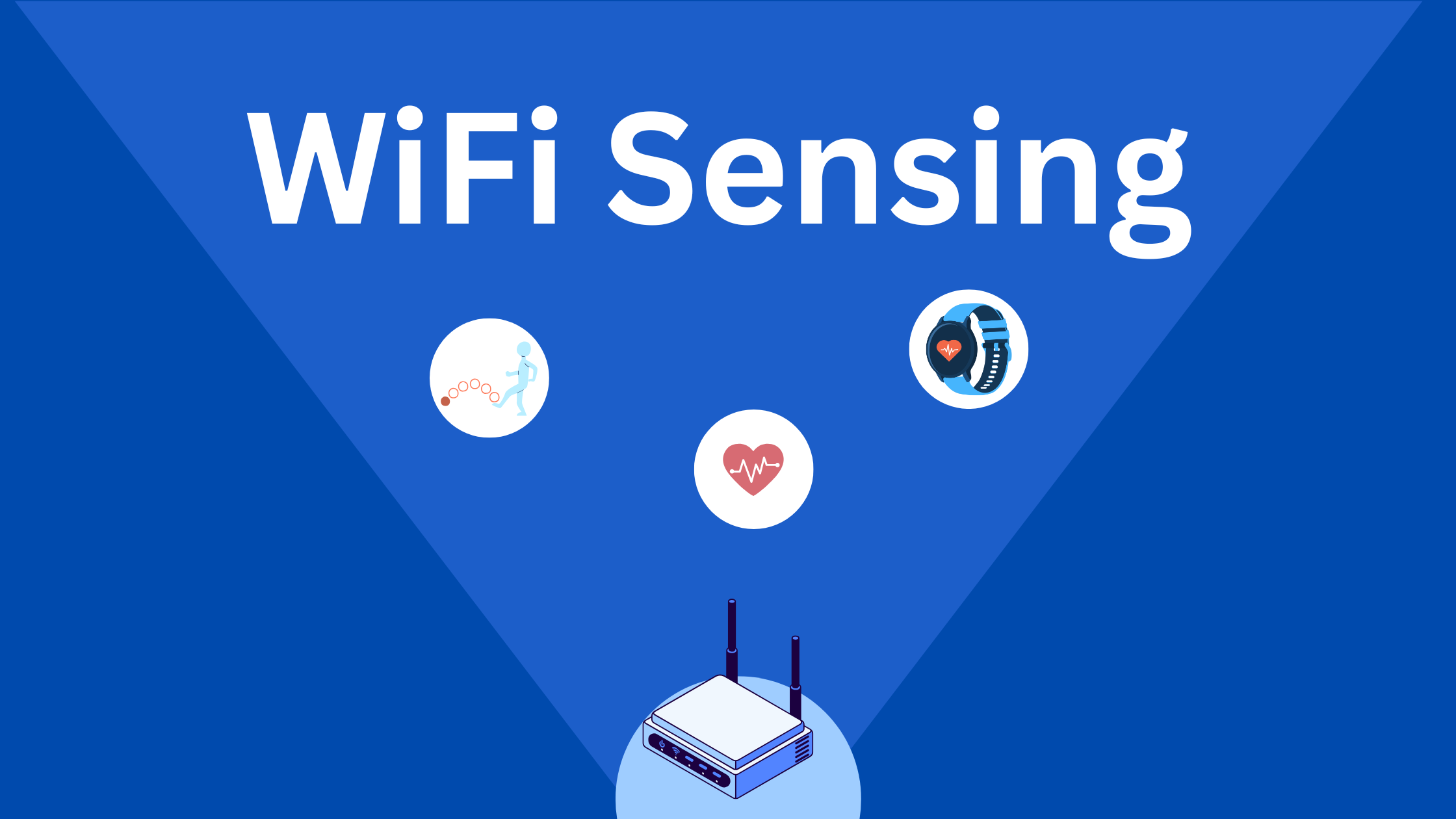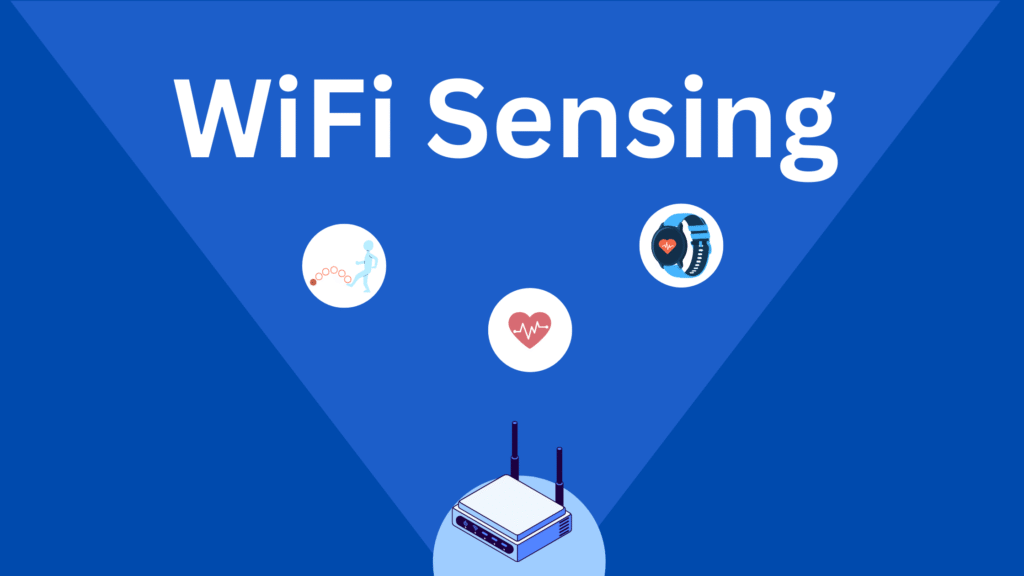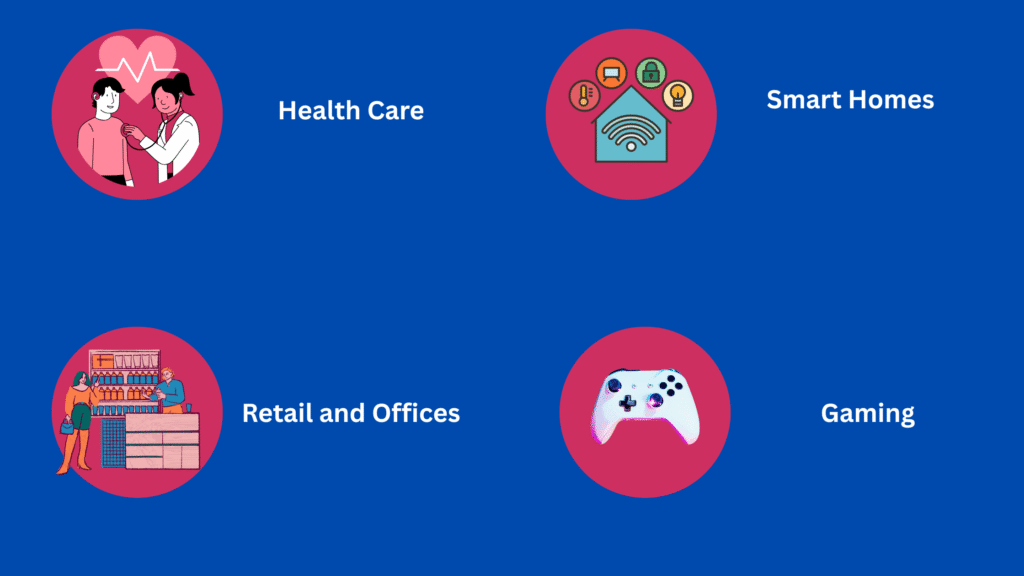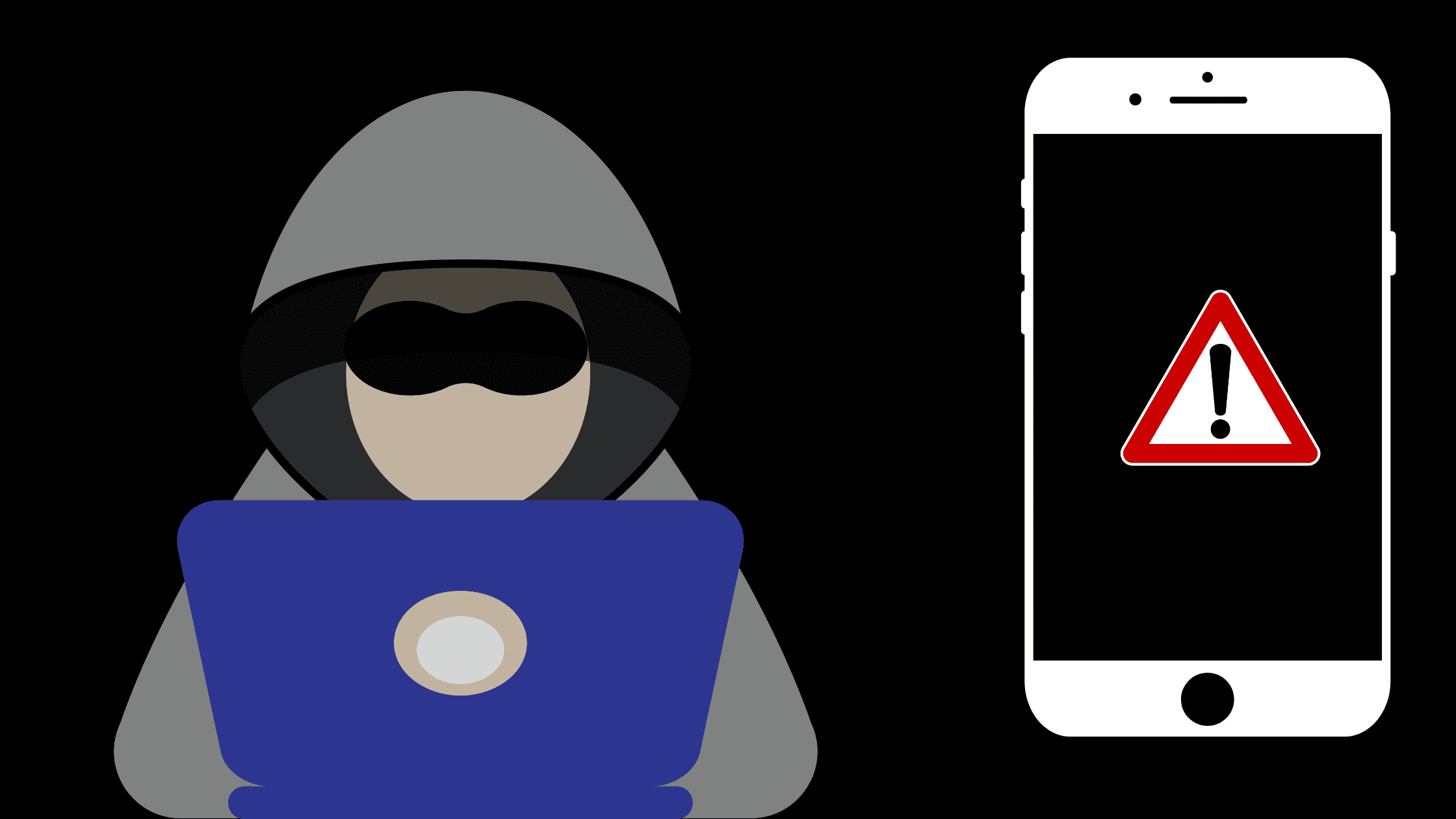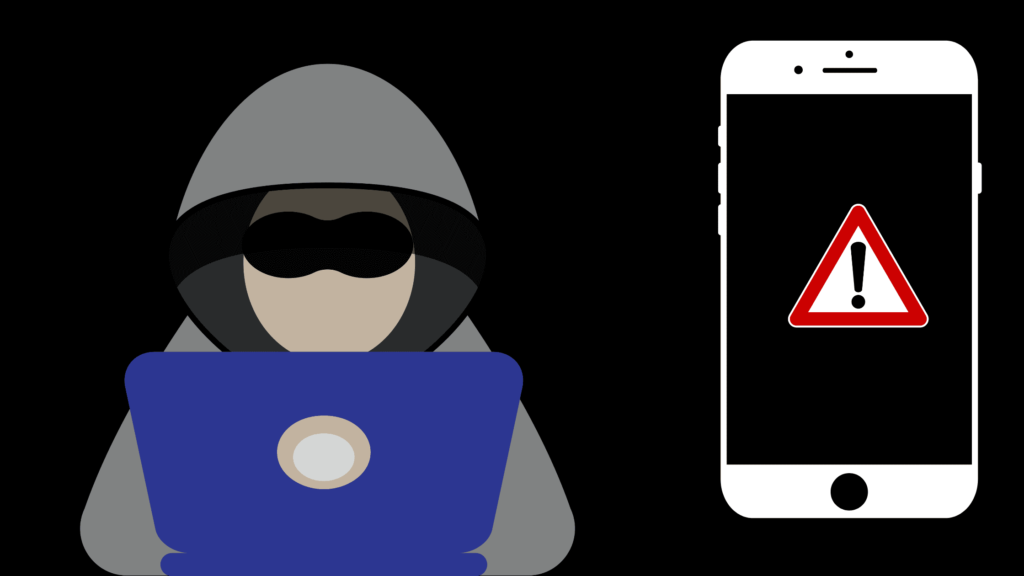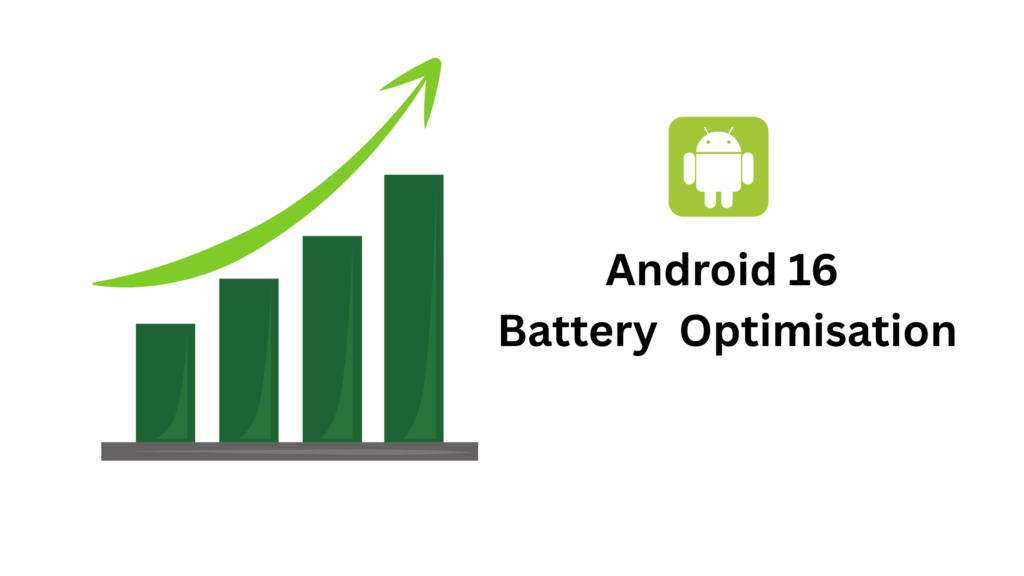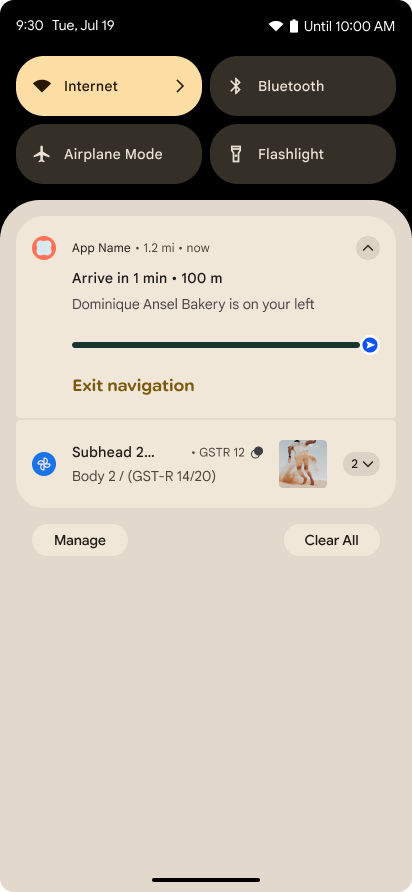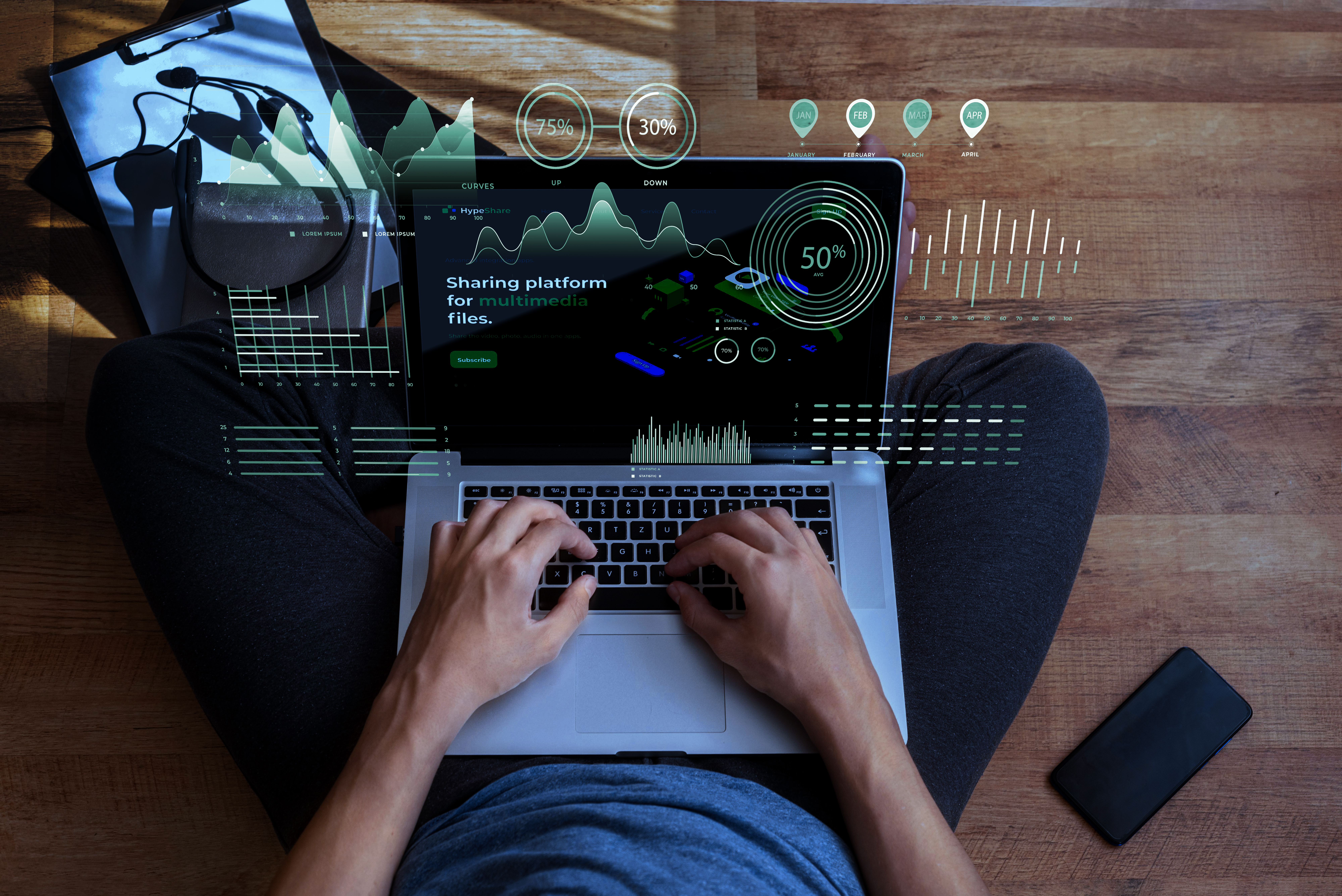Social media is one of the best place to grow your business and build audience engagement and trust. It has been a crucial part of any online business strategy. But with so many platforms available all over the internet such as: Instagram, TikTok, LinkedIn, X (Twitter)—is a Facebook Business Page still worth the effort and should businesses create facebook pages for online business?
The straight forward answer is Yes, absolutely!

Table of Contents
Why a Facebook Page Is Still Important for Online Businesses?
With over 3 billion monthly active users, Facebook is currently one of the most powerful platforms for businesses to connect with customers, drive traffic, and increase sales. But simply having a page isn’t enough—you need to have proper social media strategy in place.
What are the Key benefits of maintaining an active Facebook page?
Here are the strong reasons why a facebook page is still important for online business:
1. Massive Audience Reach

Facebook is one of the largest social media platform globally with 3 billion users, making it a goldmine for businesses. Even with the current competition from TikTok and Instagram, Facebook still dominates in the areas such as:
- Older demographics (great for B2C and B2B)
- Local business discovery (via Facebook Marketplace and local groups)
- E-commerce integrations (Facebook Shops, ads, and Messenger sales)
Do you know how facebook makes money in 2025? Check this blog
2. Improves Brand Visibility & Trust
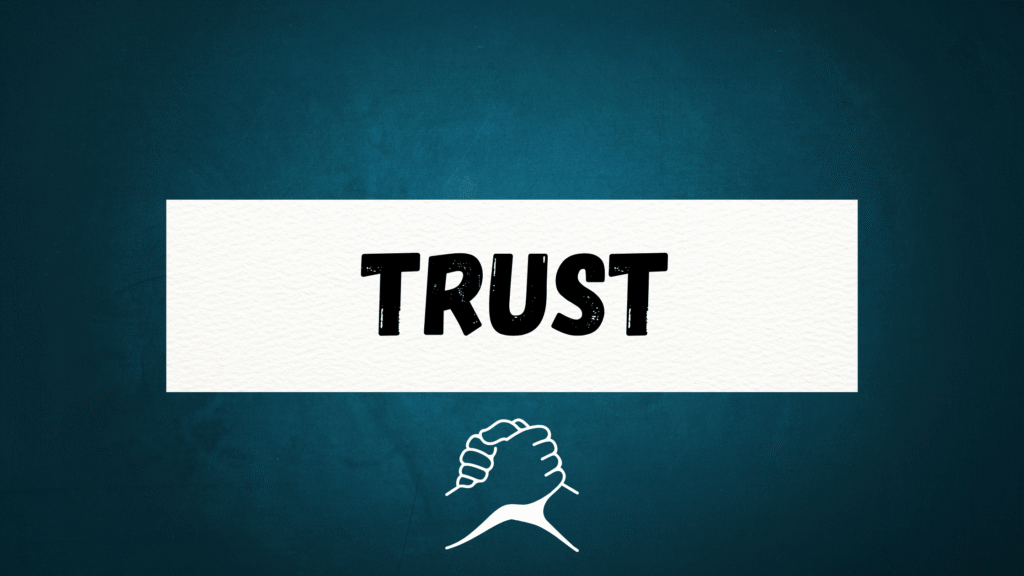
A well-maintained Facebook page can help in the sustainable growth of the business by:
- Boosting business credibility: Customers expect legit businesses to have a social presence.
- Enhancing Search Engine Optimisation – Facebook pages rank in Google, helping people find you.
- Demonstrating business social and culture values– With the help of customer reviews, likes, and shares it builds brand trust.
3. Cost-Effective Marketing & Advertising
Every business will like free marketing isnt it? Unlike paid ads on Google, and other social medias, Facebook allows the business to drive sales and customer engagement by providing:
- Organic reach– where business can share the new products in the form of posts, groups, and engagement.
- Hyper-targeted ads – facebook ads are highly customisable and enabling you to implement your marketing strategy by uers age group, location, interests, and behavior.
- Retargeting – Every business would love to have a loyal and returning customers, facebook ads can help support your business marketing strategy by showing ads to people who visited your website).
4. Direct Customer Engagement & Support

With Facebook page, businesses can support and build direct engagement with their customer by using facebook features such as:
- Instant Messenger support (reducing email backlogs with realtime messanger support directly from their facebook account). Crypto payments are not available on facebook but if you are into crypto check out our blog Does Technical Analysis Work on Crypto?
- Live videos & Q&A sessions (boosting real-time interaction where users can comment and raise brand queries and can also join them on live to disucuss Q&A sessions).
- Polls, comments, and shares (increasing community engagement where business can collect customer thoughts, organise giveways and share their new products driving sales as a outcome).
5. Drives Traffic & Sales (Via Shops & Links)
With Facebook page Shops feature, businesses can use the platform to:
- Sell products directly on Facebook and get payments to their business bank accounts.
- Drive traffic to their website to increase sales and showcase new products and offers.
- Use integrated messaging solution of WhatsApp & Messenger for checkout as well as to manage customer enquiries and connection building. Both WhatsApp and messanger are available on android and IOS devices enabling it to directly reach out to the users. The latest release of android 16 has multiple tips and tricks check the blog now!
What are the Common mistakes businesses make (and how to avoid them)?
Businesses are desperate to get customers but social media strategy take time to implement successfully and build a level of customer trust and engagement. Here are some of the common mistakes businesses make while implementing their social media strategy:
1. Inconsistent Posting
Random and inconsistent posting is not a solution. Too many post can negatively impact the brand trust and it may be considered as a spam posting by the facebook itself and your local customer too.
Scheduling post of 3-5 times per week with the mix of business and brand promotion materials, behind the scenes of the product manufacturing, customer reviews and future brand strategies gives the audience as well as the facebook algorithm about the business.
2. Ignoring Facebook Insights
Facebook Analytics provides the insights of your social media performance. All post and materials posted on the facebook page such as reels, videos, posts and ads all are equipped with facebook insights providing the overview of all its performance and engagement with the online customers.
Always use the facebook insights to track the reach, audience engagement and peak posting times to optimise the content performance.
3. Over-Promoting Without Engagement
Over promoting your products withour proper audience engagement can be a waste of time and effort. Use the strategy of 80/20 rule – 80% value driven content and 20 % promotion materials and create engaging content. Collaboration with right social media influencers can help increase engagement.
4. Not Using Facebook Groups
Facebook groups are one of the best medium to grow a business. Joining local facebook groups and helping client navigate the noise to your products can help business create new customers and build a loyal community.
5. Poor visuals and Messaging
Using high quality images and videos on your facebook content can bring a lot of attention to the business. These days customer are looking into details and perfection. Use of quality visual contents demonstrating the business values and products are always treated well by the audience. Hiring a photographer for quality products photos can help in this case.
So, is facebook page worth it?
Yes definetly, Facebook page provides a bunch of benefits to businesses and provides a platform to grow their customer base, engagement and create social trust. It provides the opportunity for businesses to sell products and sevices freely and also gives free marketing opportunity and we believe the businesses should absolutely take the advantage of this platform freely.

